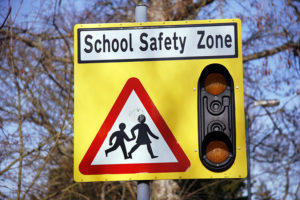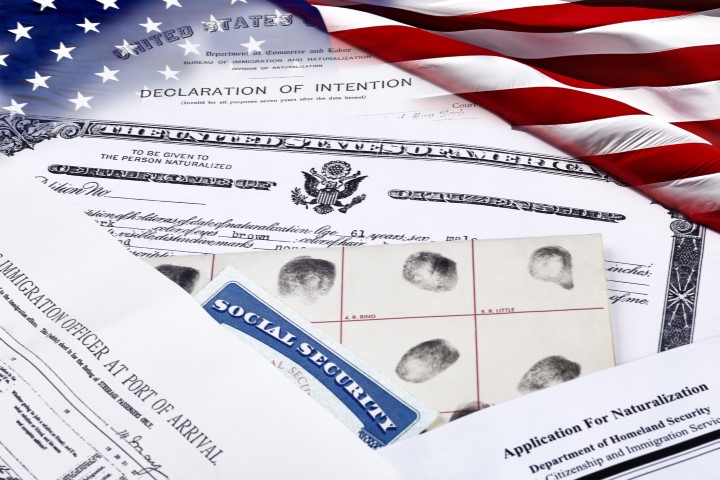San Jose High School students recently got a first-hand look at what it’s like to become an American citizen when their principal took the Oath of Allegiance during a ceremony held in the school’s gymnasium.


San Jose High School students recently got a first-hand look at what it’s like to become an American citizen when their principal took the Oath of Allegiance during a ceremony held in the school’s gymnasium.
“I don’t think I can hold back my tears,” principal Gloria Marchant told about 100 students, teachers, family and other community members who attended the May 22 ceremony. “Becoming an American citizen has been one of my goals since I decided to make a life here in San Jose.”
For the 44-year-old principal and eight others immigrants who participated, it was a long road to citizenship from their home countries of Mexico, India, the Philippines and Canada. Marchant was born in Chile and moved to Canada when she was in eighth grade. She lived and learned English there for 11 years before a trip to San Francisco convinced her to move to the United States, the San Francisco Chronicle reports.
She landed a bilingual teaching job at San Jose Unified School District, which sponsored her work visa, and she went to work, both at school and in her mission to become a citizen.
“Someone saw something in me that I didn’t even see in myself,” the principal said.
The brief ceremony involved would-be citizens taking an Oath of Allegiance, the national anthem sung by sophomore Nathan Luong, and the Pledge of Allegiance, led by student Catherine Martinez. It concluded with a video recording of President Trump congratulating the new citizens, according to the news site.
San Jose High junior Robert Gamble said he was proud to see his principal become a citizen.
“I would not be where I am without her guidance,” he said. “I wanted to come here to support her, because of all that she’s taught me.”
U.S. Citizenship and Immigration Services field office director James Wyrough, who officiated the ceremony, said the events held in schools are “always especially meaningful,” and Marchant jumped at the chance to bring the experience to her school.
“Many of the students are on the path to citizenship themselves, and it’s a long journey,” she said. “That makes it really meaningful.”
Almost one out of four (23 percent) public school students in the United States came from an immigrant household in 2015. Between a fourth and a third of these students are offspring of illegal immigrants. So seeing someone respected within their community complete a legal path to citizenship is a powerful civic lesson. James Hunter and Ryan Olson write in The Content of Their Character, “The importance of modeling the good is especially important in the public schools because explicit moral teaching is (or is perceived to be) fraught with disagreement, controversy, or legal challenges” (p. 285). Many more naturalization ceremonies should be held in public schools.
Developing young people as good citizens is a primary responsibility of teachers and in doing this teachers work to ensure their students become good people despite the negative influences they face in society, in the media and perhaps, even from their very neighborhood. Teaching students about citizenship and the responsibilities of being an American citizen should be of paramount importance when discussing the responsibilities and benefits of being a citizen. A support for teachers in teaching their students to be good people may be found at the UK’s The Jubilee Centre here.
For further reading on CultureFeed